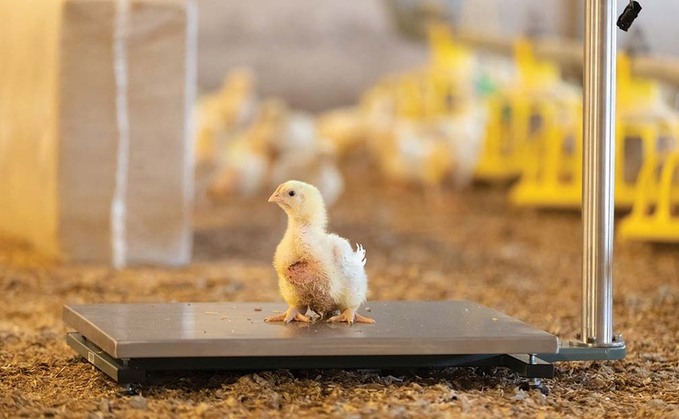
The poultry industry is a sector which is leading the way when it comes to data capture, but technology capable of monitoring real-time data remotely can help the industry to take this to the next level....

The poultry industry is a sector which is leading the way when it comes to data capture, but technology capable of monitoring real-time data remotely can help the industry to take this to the next level....